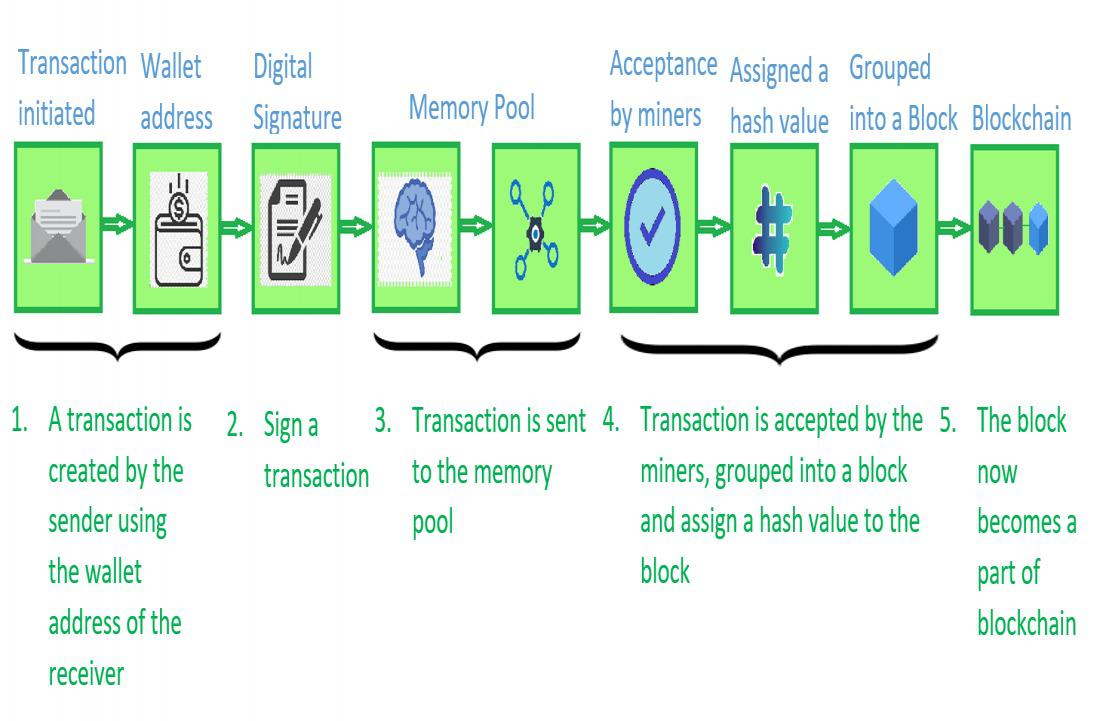Over the past decades, several innovative technologies have surfaced that are disrupting the digital universe. Blockchain technology is one of the highly disruptive innovations making a flawless effect on the digital market now and in the future. The technology supports various cryptocurrencies listed on the OKX app, including Ethereum, Bitcoin, Tether, and Dogecoin.
Blockchain offers incomparable security, and for that reason, several development firms have emerged. But, what does the blockchain development lifecycle entail? Generally speaking, the process comprises of eight phases, namely:
1. Identify the Issue You Want to be Solved by Blockchain Application
The blockchain development cycle begins with identifying an issue that a blockchain application can fix successfully. It wouldn’t be prudent to unnecessarily apply blockchain if there’s no need, as this can be an expensive endeavor. That’s why it’s pertinent that you identify a real-world issue that a blockchain application can fix.
2. Select the Ideal Consensus Mechanism
Each blockchain undertaking is unique, and for that reason, it leverages its consensus mechanism. Popular consensus mechanisms you can select include proof-of-stake (PoS) and proof-of-work (PoW). Depending on the project you’re working on, you can choose other consensus mechanisms, including proof-of-activity, proof-of-capacity, and proof-of-burn.

3. Choose a Programming Language and Blockchain
At this stage, as a developer, you should be focusing on designing the user interface (UI) of the blockchain application. The selected blockchain to be developed will influence the programming language you use, impacting how users interact with the chain.
Additionally, when selecting the programming language, consider its interoperability. Popular programming languages you can use for blockchain development include Ruby, Java, Python, PHP, and NodeJS. Once you choose a programming language, you should choose an ideal database, such as MySQL or MongoDB, to work with.
4. Choose a Blockchain Development Platform
You need to choose the blockchain platform to develop your application on. Doing so will eliminate the need for you to develop your blockchain from scratch and instead begin developing immediately. The blockchain platform you choose is based on the consensus mechanism in use. Popular open-source development platforms you can choose from include Blockchain, Hyperledger, MultiChain, and Ripple.
5. Build a Strategy for the Rest of the Development Stages
At this point, be sure to take your time to assess the progress so far. Use your findings to develop a plan to complete the remaining development part more comprehensively.
6. Start the Design Process of the Blockchain Architecture
Here, you need to establish whether the blockchain you’re developing will incorporate specified permissions for targeted user groups or if it’ll be a permission-less network. Then, establish if the application will need the use of a public or private blockchain network architecture.
7. Embark on the Development Process of the Blockchain Application
You should be configuring the main aspects of the blockchain application at this stage. Start by addressing block signatures, permissions, and address formats. Remember that once you implement these aspects, you can’t alter them. Therefore, carefully take these aspects into account.
Then, embark on the development of the API for the blockchain. The APIs’ purpose is to generate key pairs, store or retrieve crucial data, and audit functions. Popular APIs needed by nearly all blockchain applications include; smart contract management, key management, key and address generation, and smart assets cycle management.
8. Test and Launch an Alpha Prototype of the Blockchain Application
At this stage, you should be preparing to test and launch an early prototype of the block development process. Here, you need to focus on identifying emerging issues while testing your alpha version. All you require is a minimum viable product (MVP) to substantiate the blockchain version’s viability.









